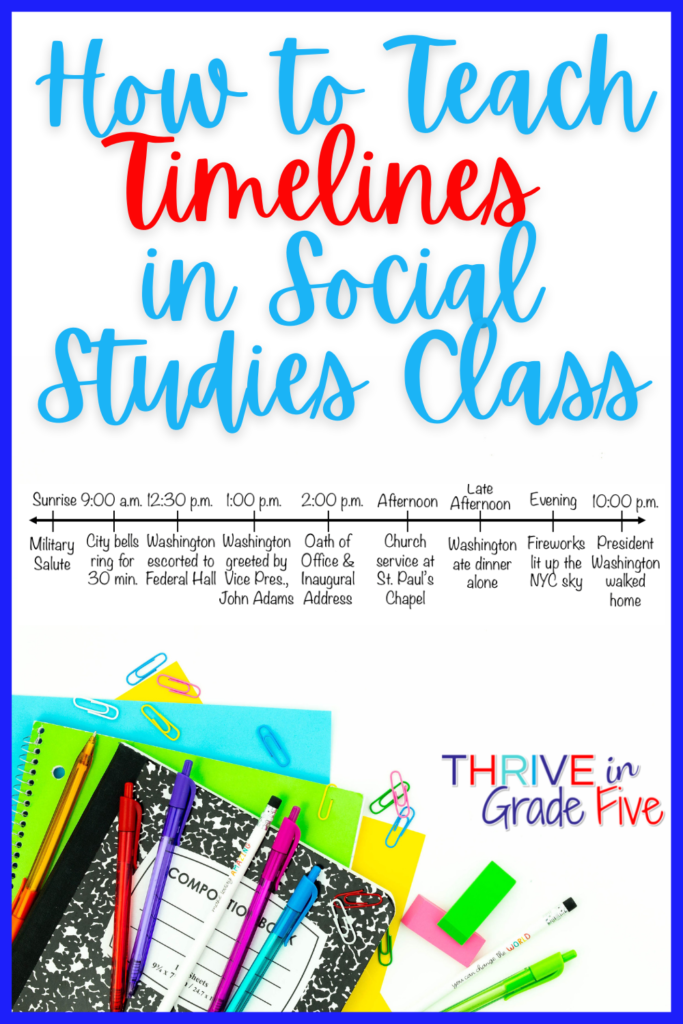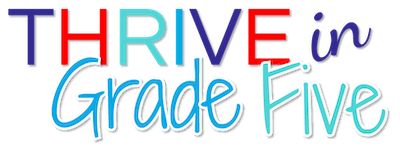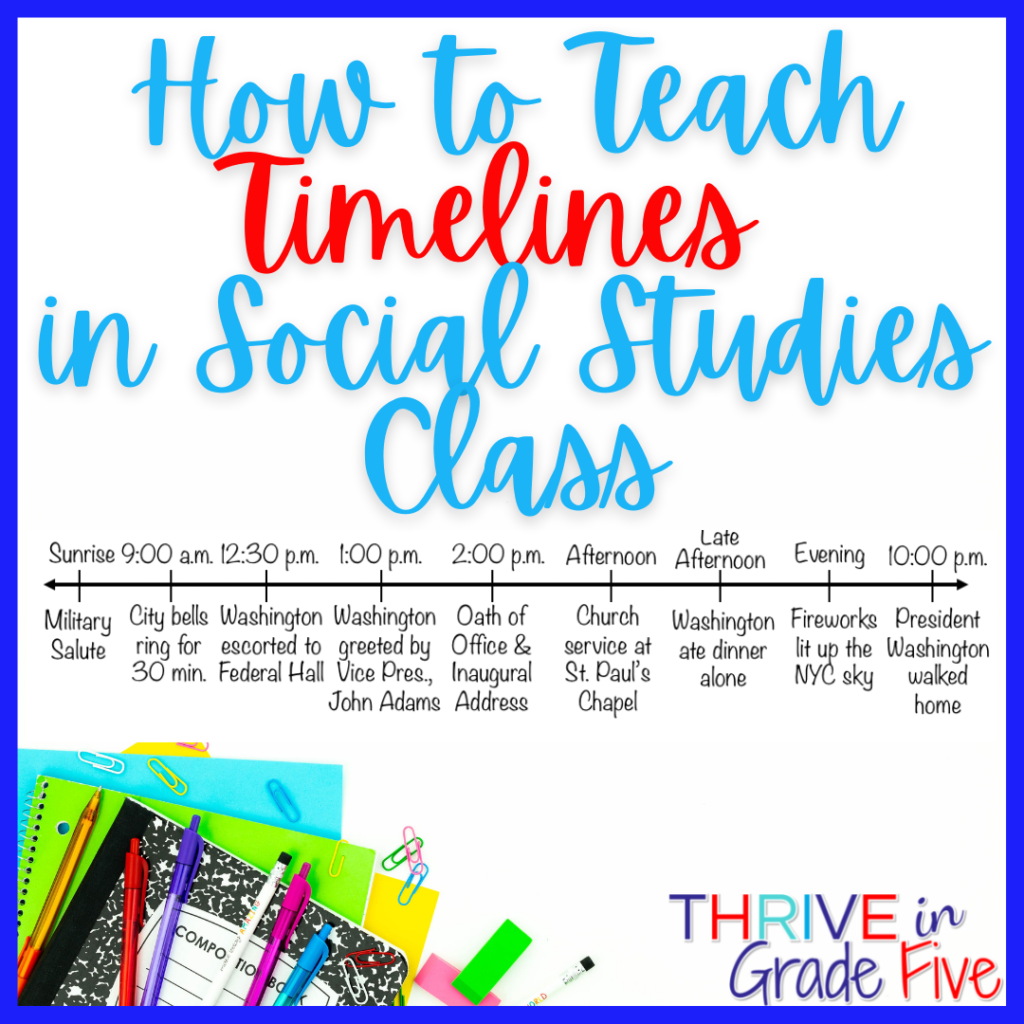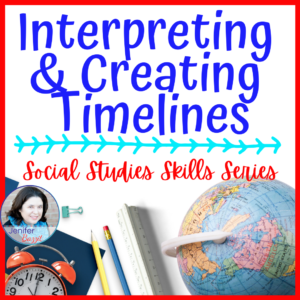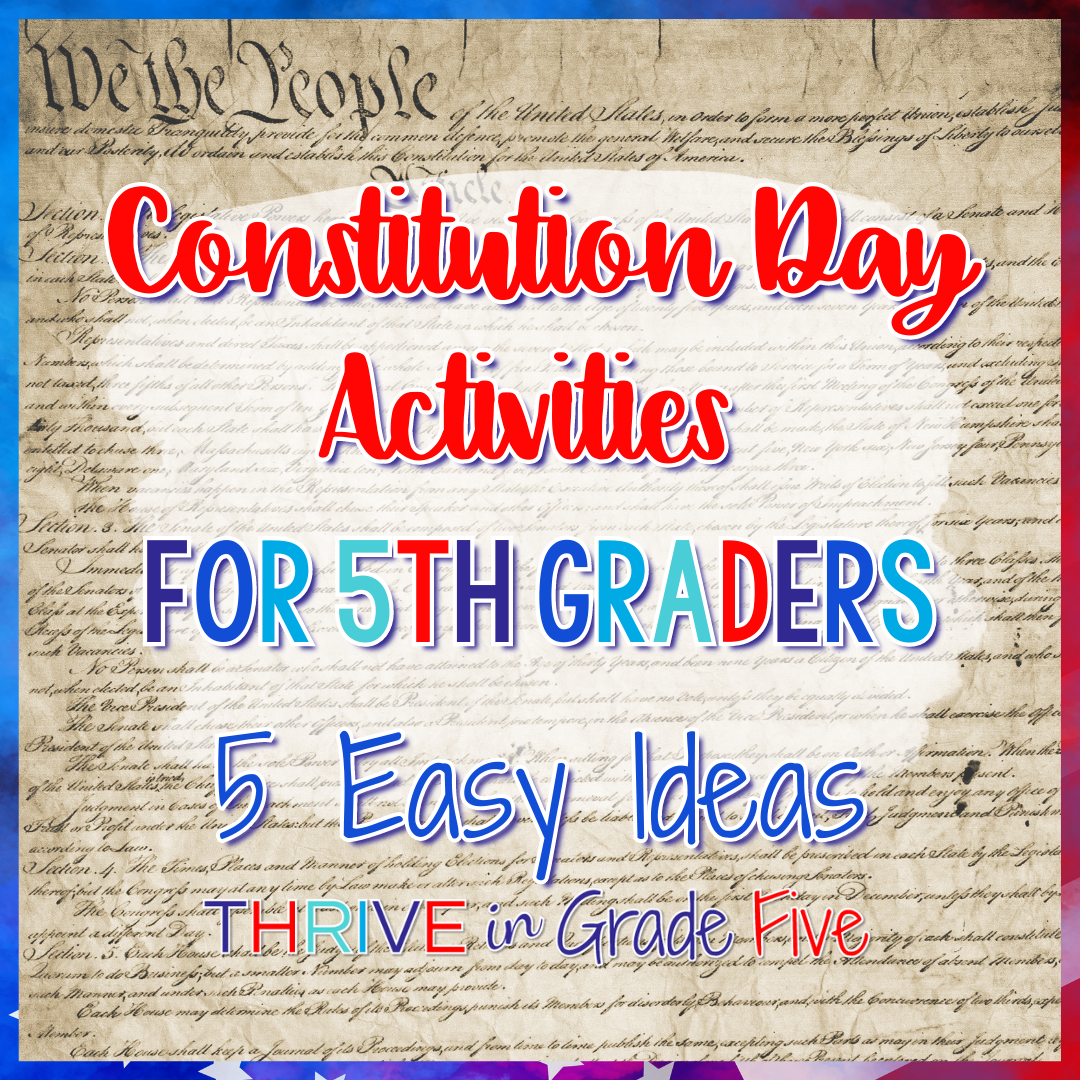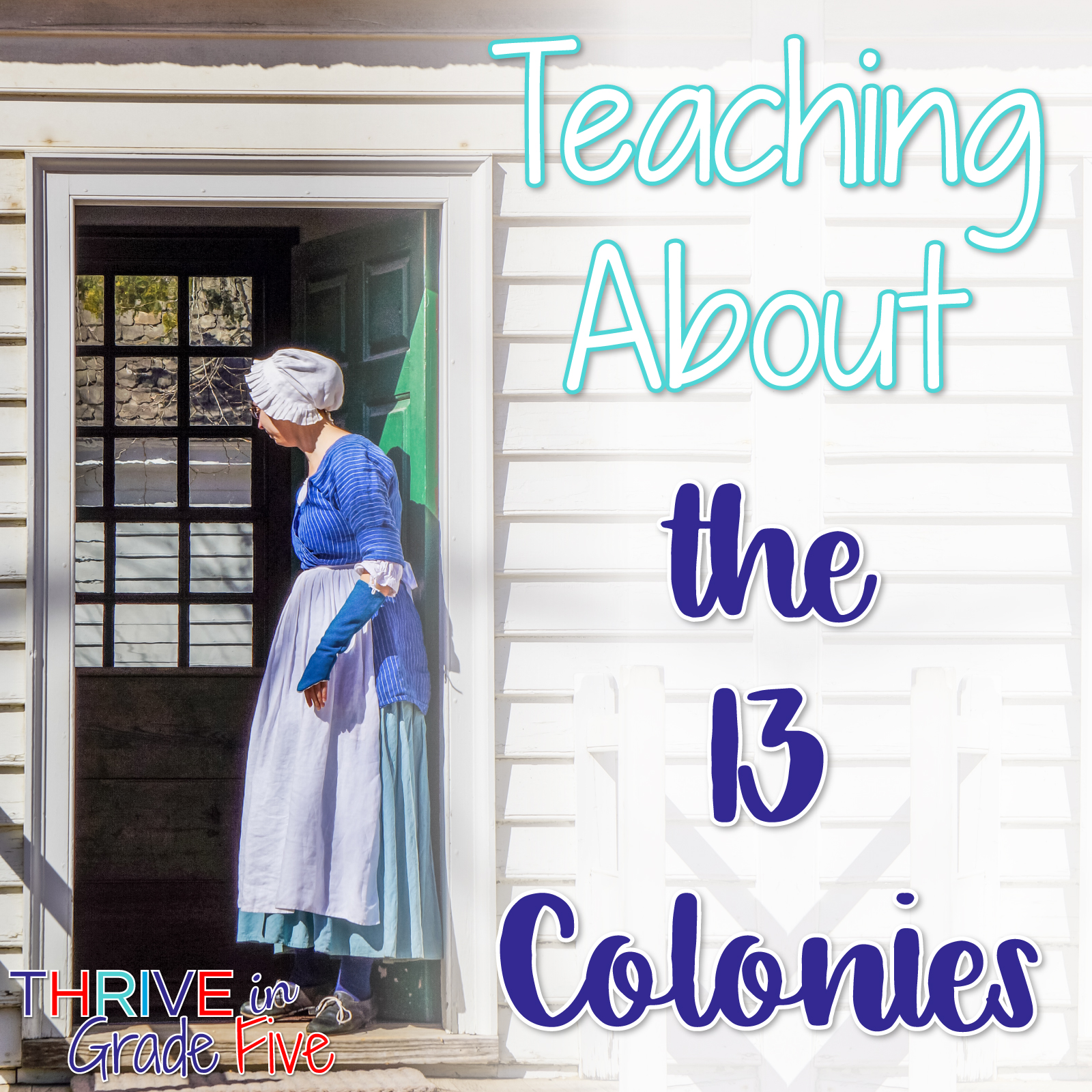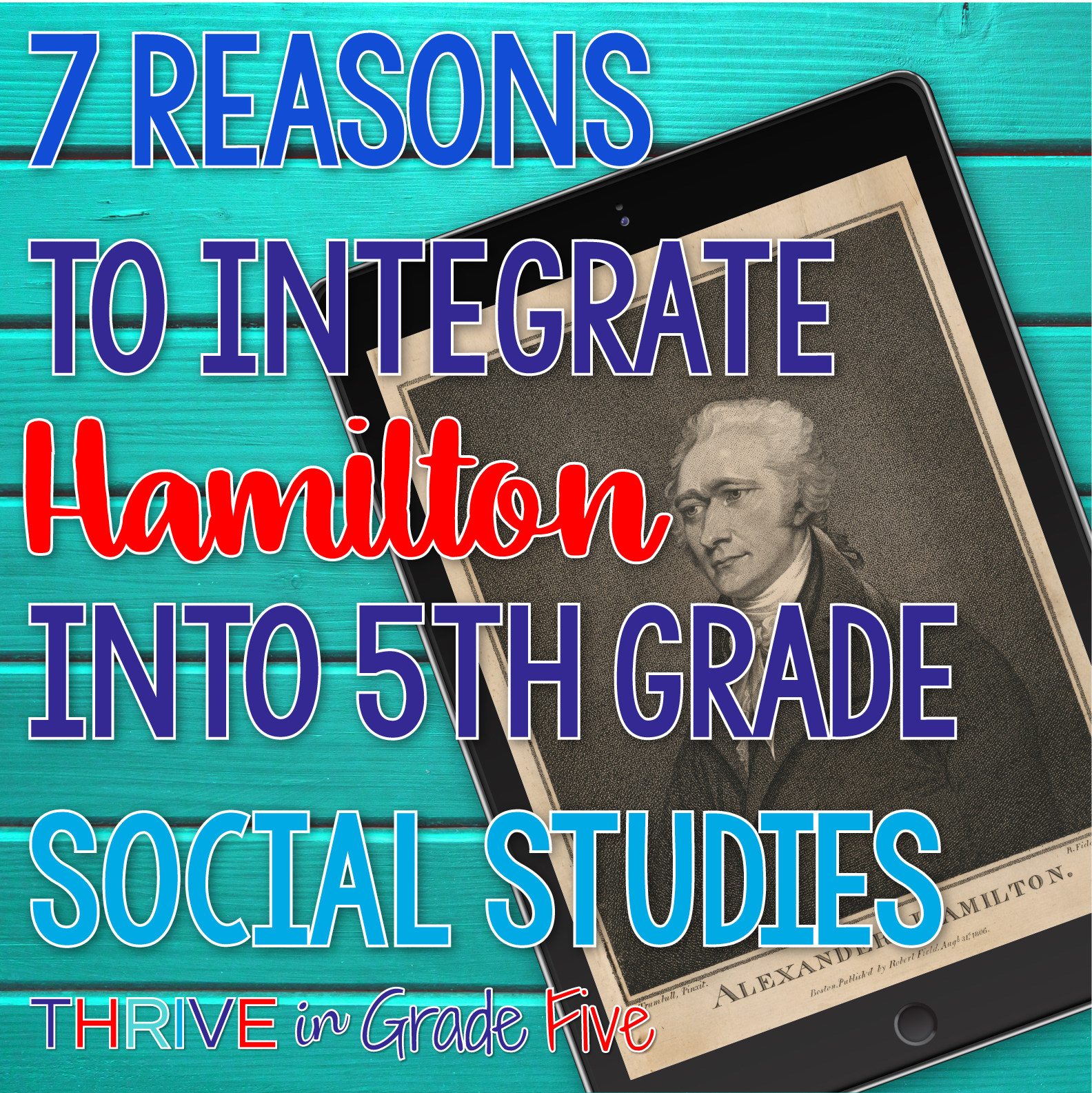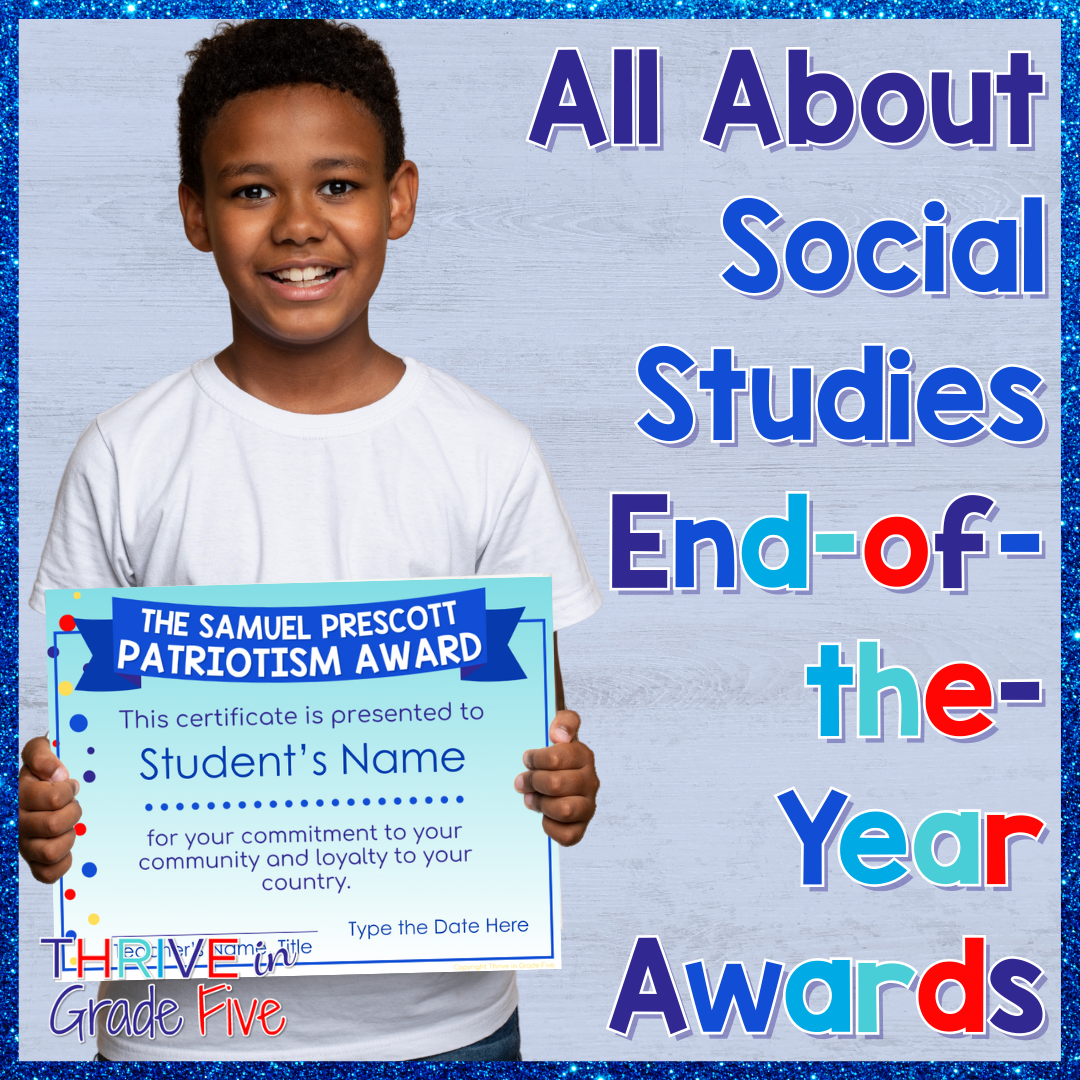So, you’re looking for help with teaching timelines? You’ve come to the right place!
Time. It marches on, flies when you’re having fun, and is measured in seconds, hours, days, years, centuries, and etc.
That’s where timelines come in. Timelines are often part of informational texts, so students will have plenty of exposure to them over the course of their educational careers, especially when learning social studies content.
Students need to understand that timelines can both ‘zoom in’ to seconds or minutes and ‘zoom out’ to years, decades, centuries, even millennia.
As teachers, we need to ensure that our students know how to get the most out of every timeline they encounter.
Are you looking for more upper elementary social studies/writing resources and ideas? I’d love for you to join my weekly VIP email club with no spam, just helpful tips, ideas, and resources!
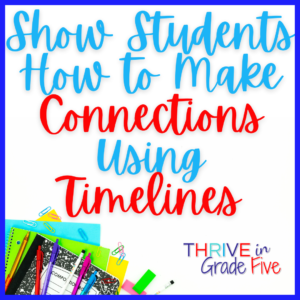
Show Students How to Make Connections Using Timelines
Timelines are useful because they help students make connections.
Often, students are exposed to historical events in bits, pieces, and fragments, largely unconnected to larger historical themes.
Because of these isolated exposures, students may come away with an incomplete understanding of historical events.
Also, the world is a big place, and many historical events overlap. This is important for students to comprehend.
Students may think that the only thing happening in the entire world in 1862 was the Emancipation Proclamation, but actually, the U.S. Mint was established in Denver, CO that same year and the bowling ball was invented!
More connections equal deeper comprehension, so it’s important to help students establish links between different historical events. Relevance is key!
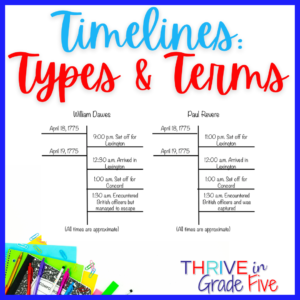
Timelines: Types & Terms
Linear Timelines
Linear Timelines, whether horizontal or vertical, have several features.
They list important events in time, focus on one specific content area (history or science, for example), and have intervals, or spacing between time periods.
Horizontal timelines are read from left to right, while vertical timelines are read from top to bottom.
Comparative Timelines
Comparative Timelines enable students to see the ‘big picture’ by showing (comparing) two events that occurred at the same time.
Such a timeline might compare milestones in math and science between 1901 and 1950, for example.
Teaching About B.C., B.C.E., A.D., and C.E.
For most of recorded history, initials and terms have been used when referring to time.
Simply put, B.C. and B.C.E. denote ‘Before Christ’ and ‘Before the Common Era,’ respectively.
A.D. and C.E. indicate the current era. A.D. is an abbreviation for ‘Anno Domini,’ which means ‘In the Year of the Lord,’ while C.E. is an abbreviation for ‘Common Era.’
When considering these terms, it’s best to show students their meanings on a number line.
If the date is B.C. or B.C.E., we’re using negative numbers and counting DOWN to zero. For example, 3 B.C. is longer ago than 1 B.C.
By contrast, all dates after the birth of Jesus are positive numbers – 1982 is before 1986.
These concepts may be confusing to young learners, so take some time when explaining, use visuals, and be ready to clarify.
Depending on the source students are using, they may encounter any of the terms above, so they need to understand the meanings of all four.
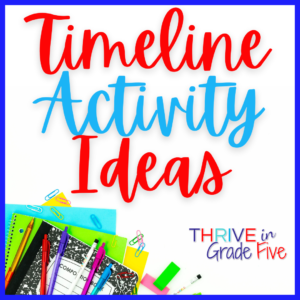
Timeline Activity Ideas
Mix It Up
Write events in years or times on the board. These events should be mixed up, out of order, and maybe even different categories. Ask students to separate the events and create appropriate timelines.
Student Life Timelines
The easiest way to introduce the act of creating timelines is to begin with students’ own lives. Remember, relevance is key!
When assigning a personal timeline, keep it simple. Don’t have the student list twenty events in his or her life.
You might consider starting with around five major events. For example: born, walked, got a dog, went to preschool, and learned to ride a bike.
With a little practice and personal application, your students will quickly become timeline pros!
Are you looking for more upper elementary social studies/writing resources and ideas? I’d love for you to join my weekly VIP email club with no spam, just helpful tips, ideas, and resources!
